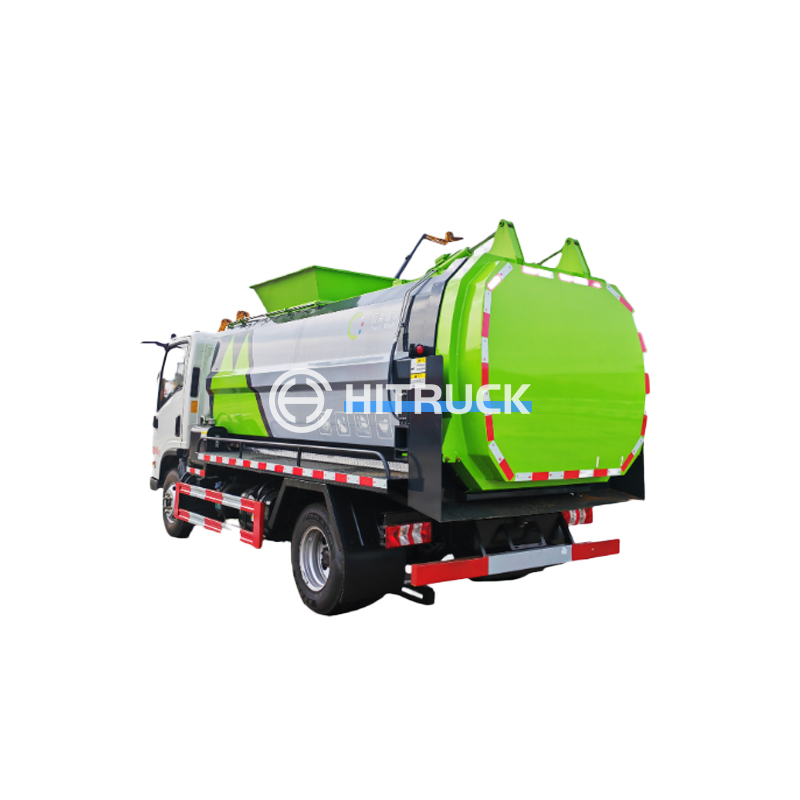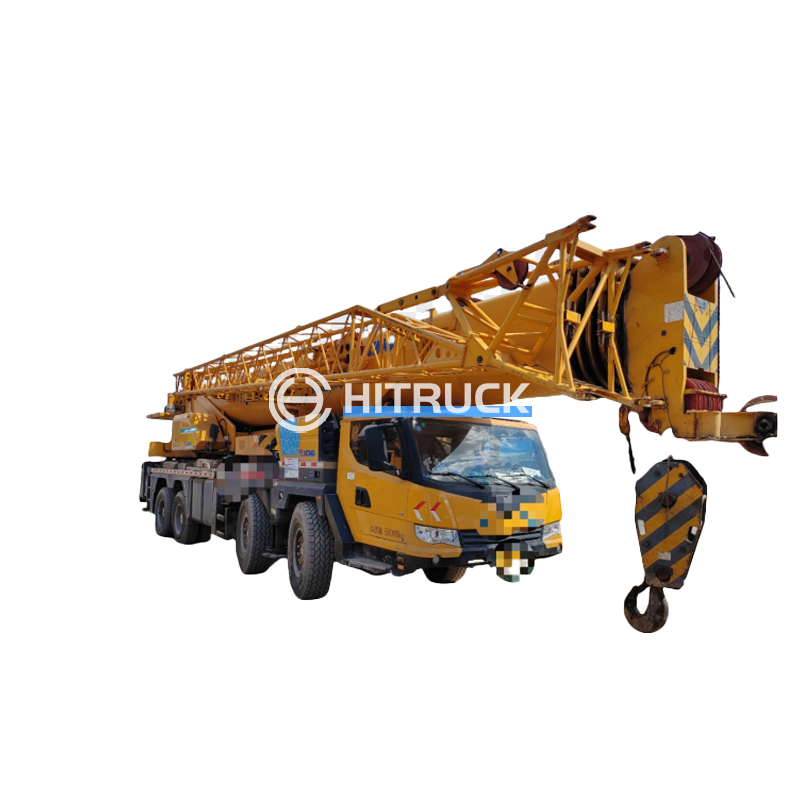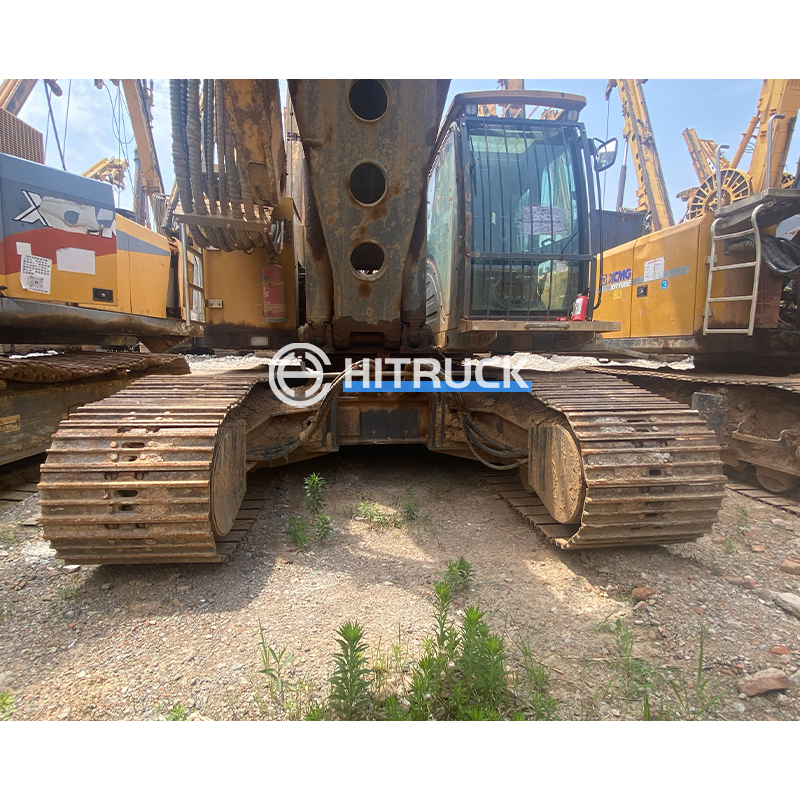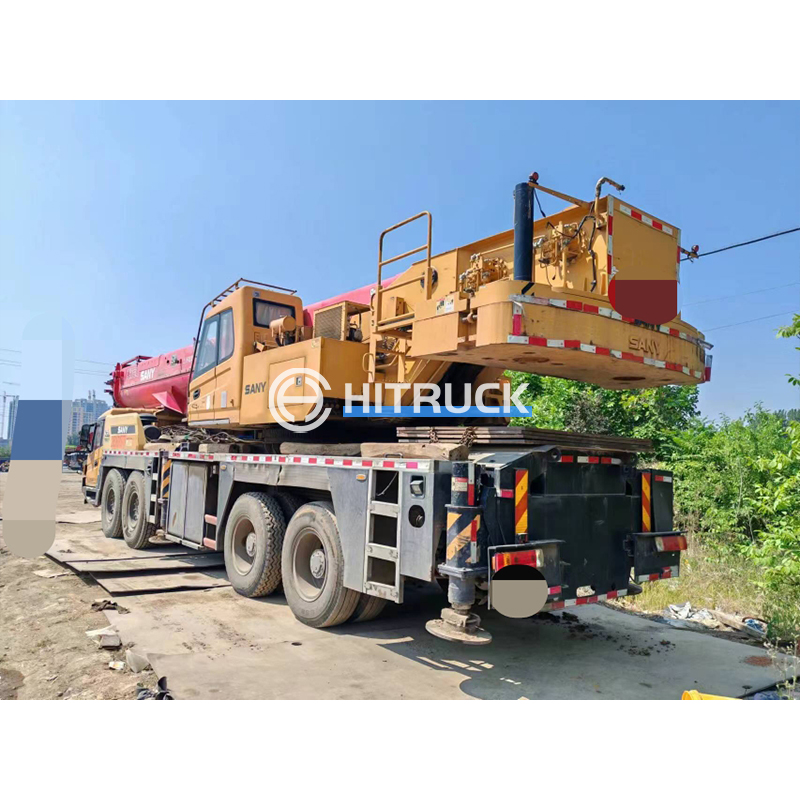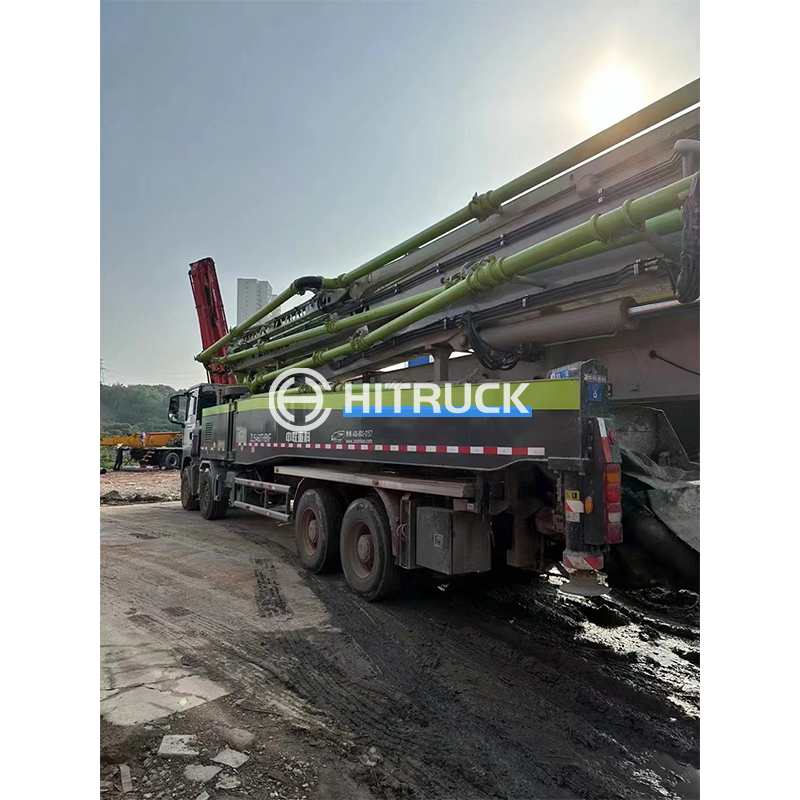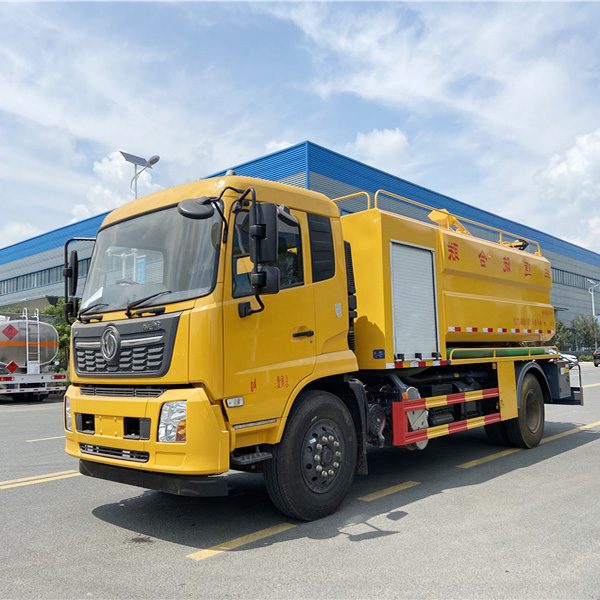Choosing the Right Construction Concrete Mixer Truck
This comprehensive guide helps you navigate the world of construction concrete mixer trucks, covering key features, considerations, and factors to ensure you select the perfect model for your project needs. From capacity and drum type to engine power and maneuverability, we’ll explore the essential aspects to help you make an informed decision.
Understanding Your Needs: Capacity and Application
The first step in selecting a construction concrete mixer truck is identifying your project’s specific requirements. Consider the volume of concrete you’ll need to mix and transport per day. Smaller projects might only require a smaller capacity truck, while large-scale construction will necessitate a higher capacity model. The type of construction project also influences the choice. For example, working in tight urban environments might prioritize maneuverability over sheer capacity. Check the site accessibility to determine whether a smaller, more agile truck or a larger, higher-capacity model is better suited.
Types of Concrete Mixer Trucks
Drum Type: Self-Loading vs. Transit Mixers
Construction concrete mixer trucks are primarily categorized by their drum type: self-loading mixers and transit mixers. Self-loading mixers incorporate a loading mechanism to collect and mix materials on-site, while transit mixers primarily transport pre-mixed concrete from a ready-mix plant. The choice depends on your workflow and project logistics. Self-loading mixers offer convenience for smaller projects with limited access to pre-mixed concrete, while transit mixers are ideal for large-scale projects requiring consistent, high-volume concrete delivery. For optimal efficiency and project flow, consider integrating your chosen construction concrete mixer truck with other equipment and processes.
Capacity and Dimensions
Capacity is measured in cubic meters (m3) or cubic yards (yd3). Common capacities range from small, 3-5 m3 trucks suitable for residential projects to large, 10-12 m3 or greater trucks for major infrastructure projects. Consider the overall dimensions of the truck, including length, width, and height, to ensure it can navigate your job sites and comply with local regulations. Check out Hitruckmall for a wide selection of available sizes and capacities.
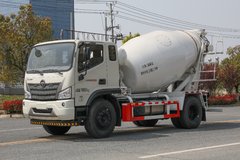
Key Features and Specifications to Consider
Engine Power and Fuel Efficiency
The engine power directly impacts the truck’s performance and efficiency. Consider the engine’s horsepower (HP) and torque, as these factors determine the truck’s ability to handle heavy loads and challenging terrains. Fuel efficiency is also a critical factor, especially for large-scale projects with extended operation times. Look for models with fuel-saving technologies to minimize operating costs. The optimal engine type and power will depend on project specifics and terrain conditions.
Maneuverability and Safety Features
Maneuverability is crucial, particularly in congested urban areas or on smaller job sites. Features like a tight turning radius and power steering can significantly improve handling and safety. Essential safety features include backup cameras, blind-spot monitoring systems, and robust braking systems to ensure optimal safety for both the operator and surrounding personnel. Look for models that offer comprehensive safety features to mitigate risks associated with operating heavy machinery.
Making Your Decision: A Comparison Table
| Feature |
Small Capacity Truck (3-5m3) |
Large Capacity Truck (10-12m3+) |
| Ideal Project Size |
Residential, smaller commercial |
Large commercial, infrastructure |
| Maneuverability |
High |
Lower |
| Fuel Efficiency |
Generally higher |
Generally lower |
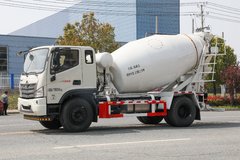
Conclusion
Selecting the right construction concrete mixer truck is vital for project success. By carefully considering your project needs, exploring different truck types, and evaluating key features, you can make an informed decision that optimizes efficiency, safety, and cost-effectiveness. Remember to always prioritize safety and comply with all relevant regulations.




